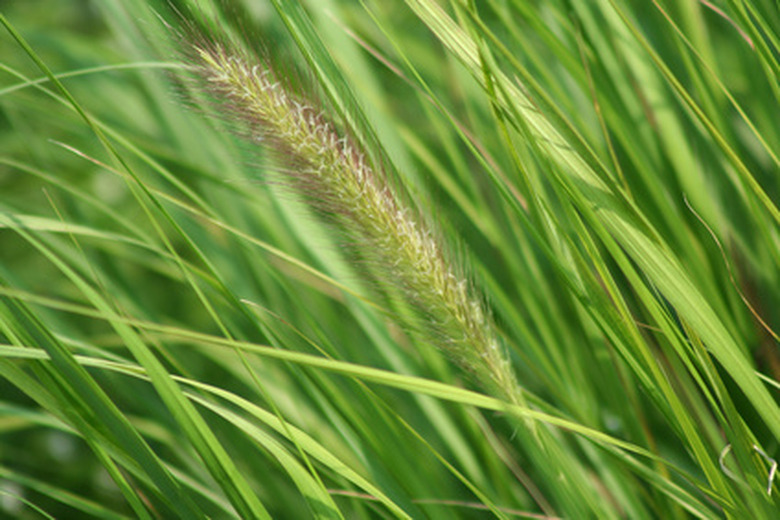The Life Cycle Of Grass Seed
Grass comes in all shapes, sizes and colors. It flourishes around the world in virtually every climate. Each variety has adapted to survive in its specific location. Grass grows within swamps, the tundra, the Arctic, the highest mountains, arid deserts, and even on sandy shorelines. Grass spreads rapidly from its root system and from its seeds. Grass benefits the environment as a natural form of erosion control because its vast, underground root system helps to bind the soil together. It is also a valuable food source for animals and man.
- Grass comes in all shapes, sizes and colors.
- Grass spreads rapidly from its root system and from its seeds.
Annual, Biennial or Perennial
Grass seed produces either annual, biennial or perennial grasses. An annual grass will complete its entire life cycle in one year. The seed will germinate, foliage will grow, seed will be set and ultimately spread before the plant dies to the ground. Biennial grass seed will begin to germinate the first year and produce foliage. The second year it will set seed, spread seed and die. A perennial will continue to grow year after year, seeding each fall.
Seed Needs
Germination of grass seed requires sprinkling over soil. Grass seed needs only a small amount of soil over its surface. Usually less than 1/4 inch or 1/2 inch will suffice. The seed requires moisture for germination to occur. If the grass seed is not kept adequately moist it will perish. Grass seed can be planted in a wide variety of locations depending on the type of grass and its specific needs. Some require full sunlight but others will grow fine in shade or partial shade.
- Grass seed produces either annual, biennial or perennial grasses.
- Grass seed needs only a small amount of soil over its surface.
Germination Factors
The grass seed will begin to form a root system one to two weeks after planting. A few varieties take up to a month to fully germinate once planted. Most grass varieties begin to show top growth two weeks after planting. How fast the grass seed germinates is largely dependent upon soil temperature. Most seeds prefer a soil temperature between 60 to 70 degrees Fahrenheit for germination, according to the University of Arkansas. The seed will remain dormant if the soil temperature is not high enough to encourage germination.
Seeds
Perennial grass takes three to five years before it is mature enough to produce adequate seed. Annual grass will produce seed the first year before death. Biennial seeds are produced the second year of the plant's life. Grass that is allowed to grow through a summer season will produce grass seed that is ready for harvest in the fall. The seed can be planted in the fall for the following spring germination, or it can be held until springtime and then planted.
- The grass seed will begin to form a root system one to two weeks after planting.
Seed Production
Grass will not produce seed if it is regularly mowed and not allowed to grow to its maximum height. The grass will only produce seeds when allowed to grow completely. Most grass seed varieties produce harvestable seeds 20 days after flowering occurs. Grass seeds normally require a short period of drying before they will germinate after planting.
Endophyte
Some grass seeds contain a fungus known as endophyte. The fungus occurs predominately in fescue and rye grass seeds. The fungus has a symbiotic relationship with the grass seed. It grows and flourishes within the cells of the seed and grass plant, according to the University of Oregon. During its lifetime it does not hurt the host grass but makes a toxic alkaloid substance that renders the seeds bitter and unpalatable to insects and livestock. Grass seed that contains endophyte has high pest resistance, which makes it an ideal turf grass for lawns, golf courses and parks.
- Grass will not produce seed if it is regularly mowed and not allowed to grow to its maximum height.
- Grass seed that contains endophyte has high pest resistance, which makes it an ideal turf grass for lawns, golf courses and parks.
